On January 13, Adobe made that announcement that Experience Manager will now be a part of their cloud service, Adobe Experience Cloud. Formerly known as Adobe Marketing Cloud, Experience Cloud is a collection of products, online marketing tools, and web analytics programs for building websites and mobile apps.
Along with Experience Manager, Adobe’s other cloud service programs include: Adobe Analytics, Audience Manager, Campaign, Advertising, Target, Commerce Cloud and Marketo Engage.
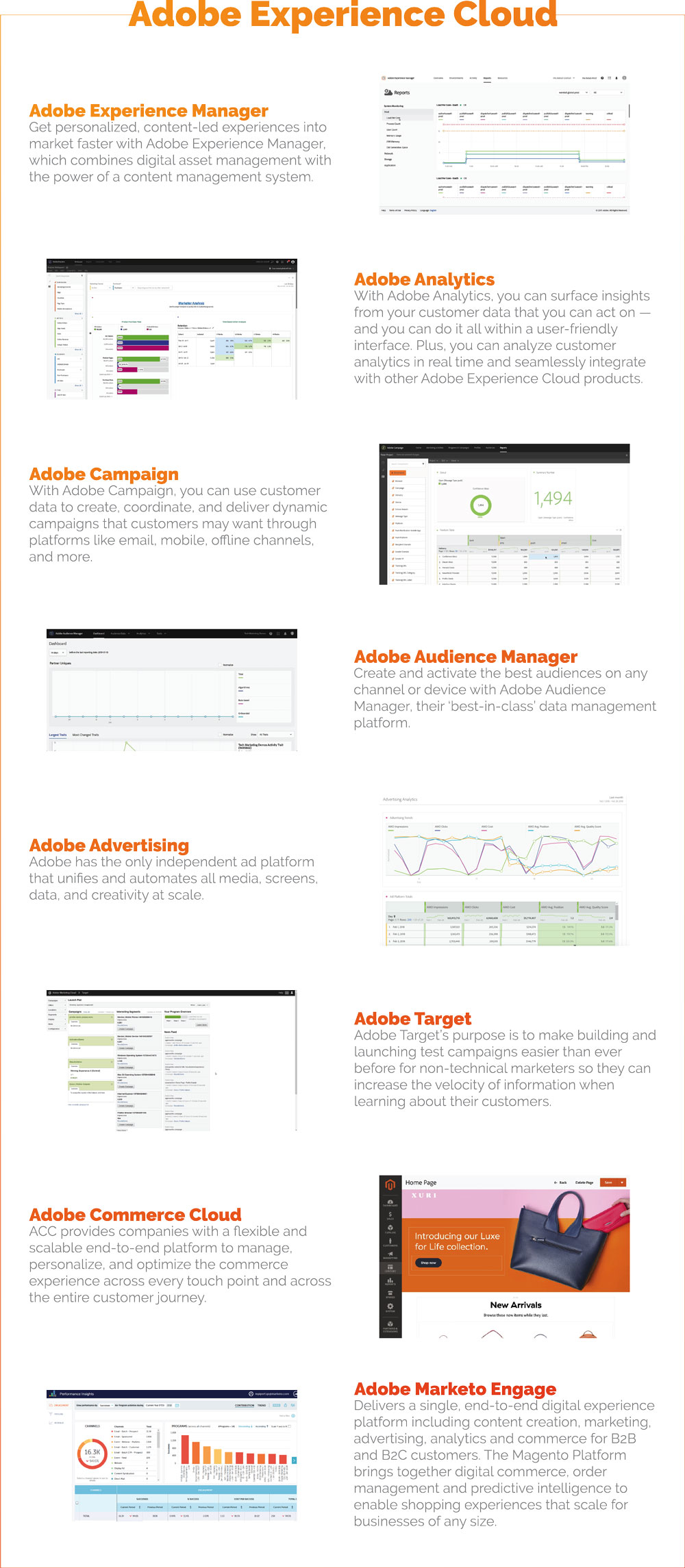
Experience Cloud has been around since 2012 and is continually updating their collection of services in order to stay relevant.
Why Are They Merging?
Merging AEM with the Cloud Service will result in an integrated system of content management (CMS), digital asset management (DAM), customer communication management (CCM) and digital signage management applications.
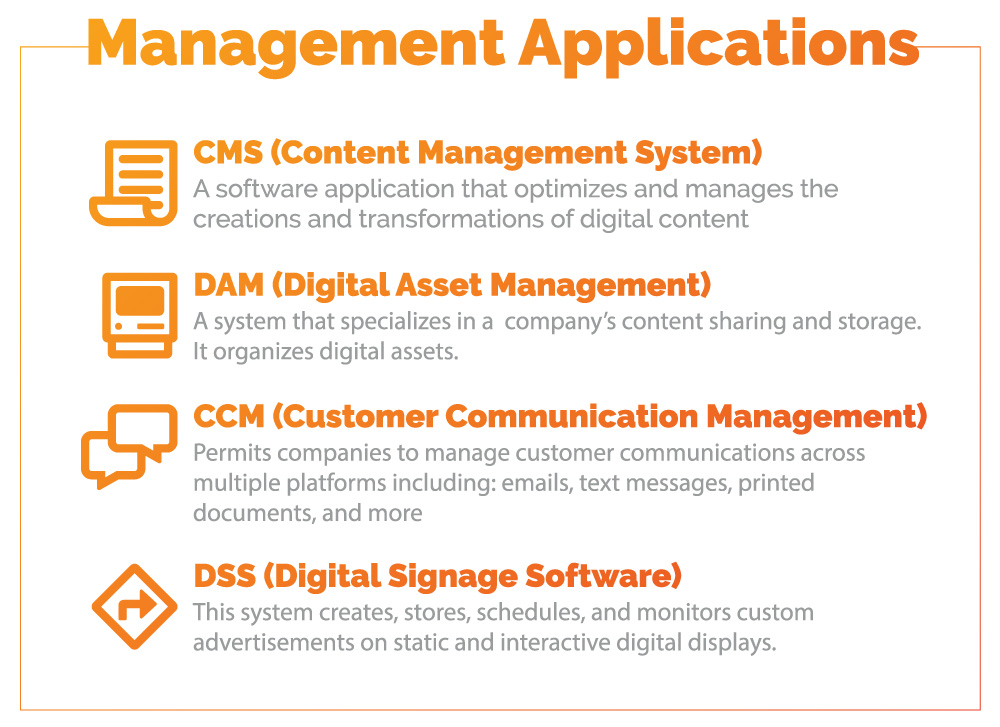
This collection of management services will optimize how developers create their projects with how they view the company’s digital media, and also see the engagement level among all platforms.
While Adobe’s programs like Target, Analytics and Audience Manager have made accessing customer acquisition information easier than ever before, throwing Experience Manager into the mix gives you all the information you need to track where your customers came from.
Because of the similarities between Experience Manager and the other cloud services, it’s a wonder why they didn’t bundle the programs earlier.
What is Adobe Experience Manager?
Adobe Experience Manager (AEM) is an online system that builds, manages, and executes websites and mobile app services, while also adding other functions like showing your engagement levels from multiple platforms.
This means that through AEM you can build your website or app from scratch, update it at your will, and also see how your audience got to your site and their interactions with it.
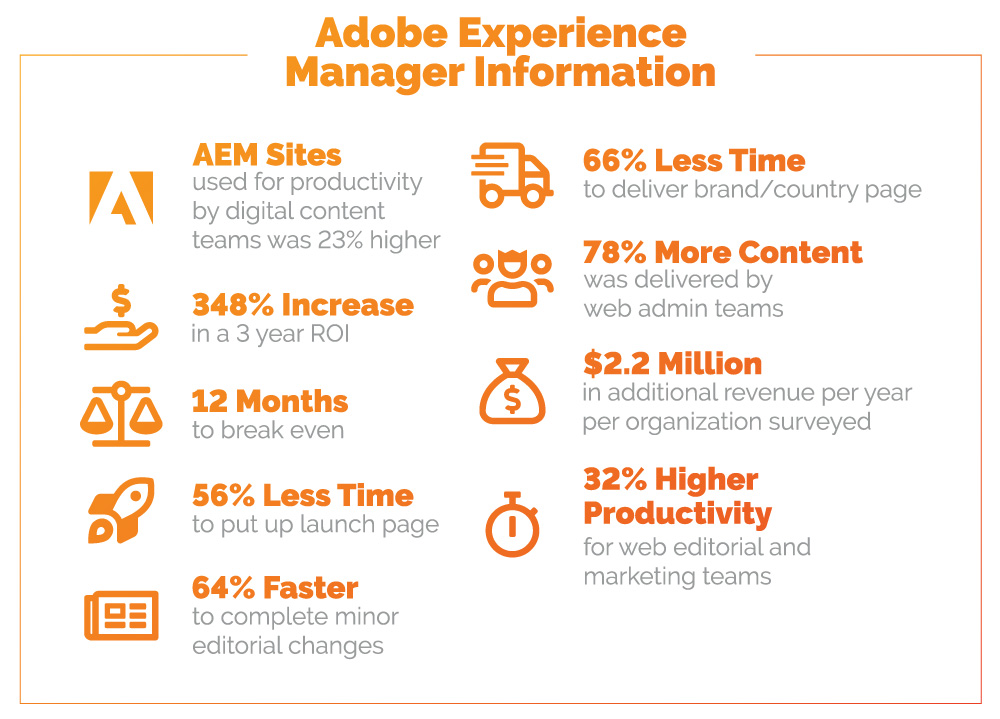
AEM is helpful for managing business-to-business and business-to-consumer promotion strategies. This focuses on brand building while also driving revenue at the same time.
According to Lori Stark, the senior director of strategy and product marketing at Adobe, “Adobe Experience Manager as a Cloud Service supercharges organizations’ abilities to create, manage and deliver more campaigns, digital assets and experiences faster than ever before.”
Stark continued, “It creates a compelling offer for mid-size companies and enterprises that are increasingly transforming to adopt advanced digital tools but need more simplicity and flexibility to support their changing business models.”
The Good:
One of AEM’s more helpful characteristics is the core components feature. These components allow developers to easily use, test and implement building blocks that serve content based on the viewer.
Core components change the content, graphics, and verbiage based on the user’s profile. For example, through the core components, the site would look different for the viewer that is in their twenties than it would for a viewer in their sixties.
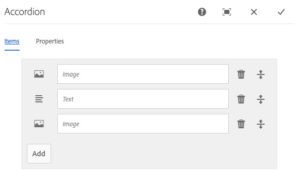
It’s crucial for this to be beneficial within the program. This is because core components are the foundational building blocks of web and application development.
After building the site, the second most important element is being able to successfully market the contents that are on it.
Kari Mayhew, marketing manager and content writer from Blue Acorn iCi, states that, “Marketing today is a juggling act of managing multiple sites, maintaining a digital asset inventory, engaging with online communities, and overseeing copious amounts of data.”

Mayhew continues, “AEM simplifies this complex environment using a variety of tools that integrate with each other and allow marketers to control all of these pieces from one place.”
Although AEM has techniques that help with developing and marketing your site, this program contains complex tools that weren’t made easy to master.
The Bad:
Anthony Asaro, a senior software developer at Fyresite, has been working with AEM for five years and would be considered an expert in the program. According to him, Experience Manager is one of the most difficult programs to master. This is because of the complexity of the program. Even though he’s been working with the service for years, there are elements that are still unknown to him.
“One of the biggest differences between CMS tools like WordPress and AEM is that you almost need development teams who exclusively work and specialize in AEM to help integrate it inside a company,” Anthony said.
Anthony continued, “It’s such a robust tool. I’ve seen large corporations take five years to really figure out the best way to use it.”
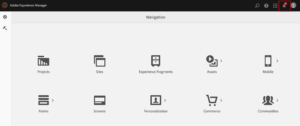
Aside from being difficult to master, AEM has other characteristics that can make this a less than ideal program.
“It’s super expensive,” Anthony said.
The costs for Experience Manager range from nearly $250,000 to $1,000,000.
“For companies with lower budgets, it could cause them to stack multiple applications onto one instance (multi-tenant) compromising performance,” Anthony said.
Performance of the application is the first-most important quality alongside also being visually pleasing to the consumer. If companies are compromising on the performance quality, they’re off to a bad start in the success of their program.
The Ugly Truth:
Adobe Experience Manager’s plethora of different abilities can make developing through AEM more useful than other programs, especially with it being able to bring website building and analytics all to one platform.
Though the cost of the program is high and it will take extensive time to learn how to use it, the program’s useful tools make it a wise investment, especially now that it’s bundled with Adobe Experience Cloud programs.
 Lauren Lively
Lauren Lively 

